Mushrooms grow in certain places for a reason. According to morphological features, they need different conditions. A huge variety of different mushrooms are represented in the pine forest, but not all of them grow the same way. There are symbiont mushrooms, that is, those that need a partner for life - a tree of a certain breed.
With it, they form mycorrhiza - such an interconnection, due to which the fungus receives carbohydrates from tree sap, and the tree from mushrooms - water, minerals, trace elements. There are couples where partners do not change, and vice versa there are those where there are options. This is exactly the situation with pine trees: they interact with a large list of mushrooms.
A separate group of fungi is saprophytes, or saprophages. These are organisms that settle on a diseased tree, felled, on stumps, and process wood, turning it over the years into a fertile layer of soil. That is why forest land is so rich. Saprophytes also have representatives who love pine wood.
Content
Effect of forest age and other conditions on the species diversity of mushrooms
It is interesting that mycorrhiza does not appear immediately, and mushroom diversity directly depends on the age of the forest. The following stages can be distinguished:
- The young pine forest is a small shadow and a lot of sun, since the trees are still low, a thin layer of fallen needles, well-warmed up soil, and little moisture. The first oleagins - pioneers of pine planting - may appear in 2 years.
- But after 15-20 years, the pine is already thick enough to give a dense shadow, and the roots are still soft enough to allow the mycelium to “connect” to them for interchange of substances. The layer of litter is still not so thick that it allows the soil to warm up enough for the rapid growth of mushroom bodies. This is the most favorable and generous period when it comes to the diversity and yield of mushrooms. It lasts approximately 25 years: up to the age of 40 years of pines.
- After 40 years, the situation is changing: the roots of the pines become so hard that it is difficult to find a juicy place. And it’s cold now, a dense shadow from the crown does not let the sun pass, the soil does not warm up, covered with old needles. The mycelium thins, weakens, partially dies. Yields are declining. If suddenly for some reason the forest became less frequent (hurricane, felling), and other tree species were planted there, then it can get a “second wind”, the microclimate inside will change, and new types of mushrooms will appear.
In addition to the age of the trees, which, of course, regulate the internal atmosphere in the forest, climate also matters. In dry years, the rate of development of mycorrhiza is much weaker. Contribute to changes and disasters, for example, strong winds that tumble down trees.
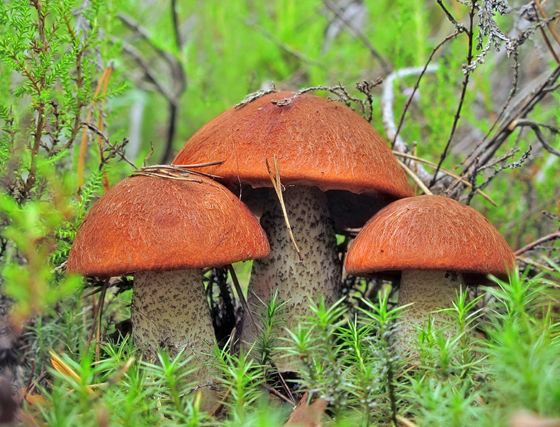 You may be interested in:
You may be interested in:Edible species of mushrooms in a pine forest
If the forest develops in a natural way, there is enough rain and sun, then a variety develops that will satisfy any whims of the mushroom picker. We walk through the most famous species of edible pine inhabitants.
Lubricator late
It begins to bear fruit already in May, and during the season it can produce 3-6 waves of harvest. May appear even in solitary pines. It can be seen on slightly elevated ground near a tree.
Pine White Mushroom
Such a treasure under the pines is a sign of a good microclimate of the forest. Often found along the edge of forest belts. You can confuse it with an inedible double - mustard, but it’s enough to know that the white always has a white hymenophore and pulp on the cut. At the false it blushes, and the spongy part is pinkish, and it also smells of rot and is very bitter in taste.
Real fox
Grows in one place for many years. It is interesting not only for its taste and striking appearance. In its composition there is an antiparasitic substance, because of which it is not affected by pests. Typically, these properties are poisonous mushrooms, but the chanterelle belongs to the second category of edible.
Autumn honey agaric
This delicacy is not found in the pine trees themselves, but on their stumps, which remain after felling, or the storm that tumbled down the tree. It benefits both man and nature: it provides a unique taste for dishes and utilizes old wood.
Greenfinch
She has fans who do not recognize anything else. Greenfinch grow in clusters on sandy soils, in the moist lowlands of pine. Like an oiler, greenfinch can be found completely underground, slightly elevated in the form of a tubercle.
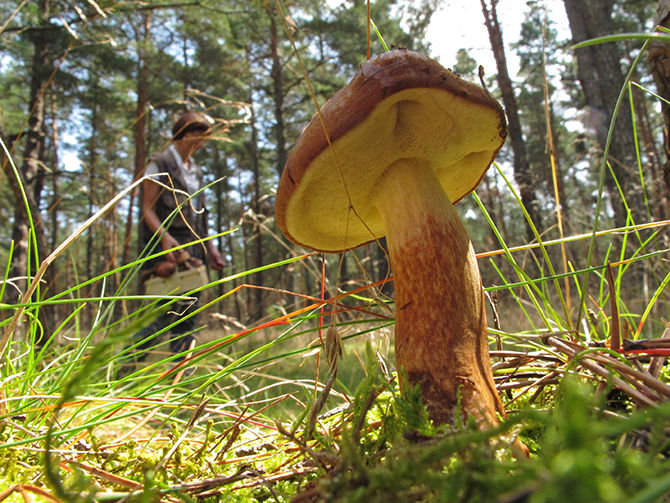 You may be interested in:
You may be interested in:Ginger
Gourmet mushroom, ideal for pickling. It grows in a pine between trees or in sunny glades. Belongs to lamellar types, allocates "milk" on a cut.
Motley hedgehog
Conditionally edible mushroom. Grows on dry pines. Only young and immature ones are suitable for food, since bitterness disappears in them during heat treatment, but not in old ones. The peculiar smell inspired the culinary specialists to dry the mushroom, grind it in a coffee grinder and use it as a seasoning.
This is not a complete list of edible species in a pine forest. We will also include various russules, an umbrella mushroom, which, after frying, looks like chicken, Polish, black loads, a grainy oiler, a stitch, morel, a flywheel, a throne, and even a truffle, but more often they appear in deciduous forests than in pine forests.
Poisonous and inedible mushrooms in a pine forest in autumn
Of course, the list does not end on edible mushrooms. Throughout the season, and especially in autumn, there are quite dangerous fruits between the pines.
Gorchak. Borovik's double, inedible, can cause cirrhosis of the liver. It tastes bitter, usually with a choking odor. Not affected by pests. From unsuitable for food also grow pepper, cap, ringed, horned, garlic.
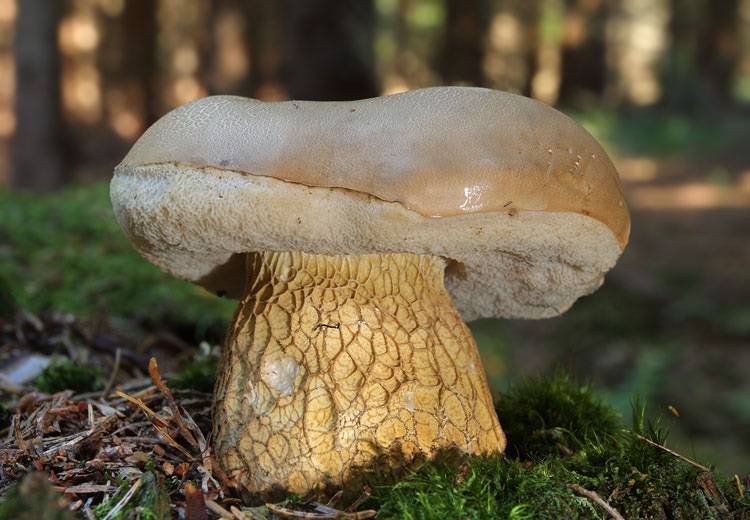
Decorated with pine and various fly agarics:
- panther;
- gray pink;
- red;
- grebe-like.
Since they are all known as poisonous, they usually do not collect them, but they look very attractive.
Among the pine trees there is also a pale grebe, very dangerous, with 100% fatal outcome when consumed, the type and description of which you need to know by heart.
Well you need to learn the type of sulfur-yellow mushroom, so as not to be confused with edible. Its poison does not die during cooking, and in conservation even enhances its effect. True, if you consult a doctor in time at the first sign of poisoning, you can save a person and restore his health completely.
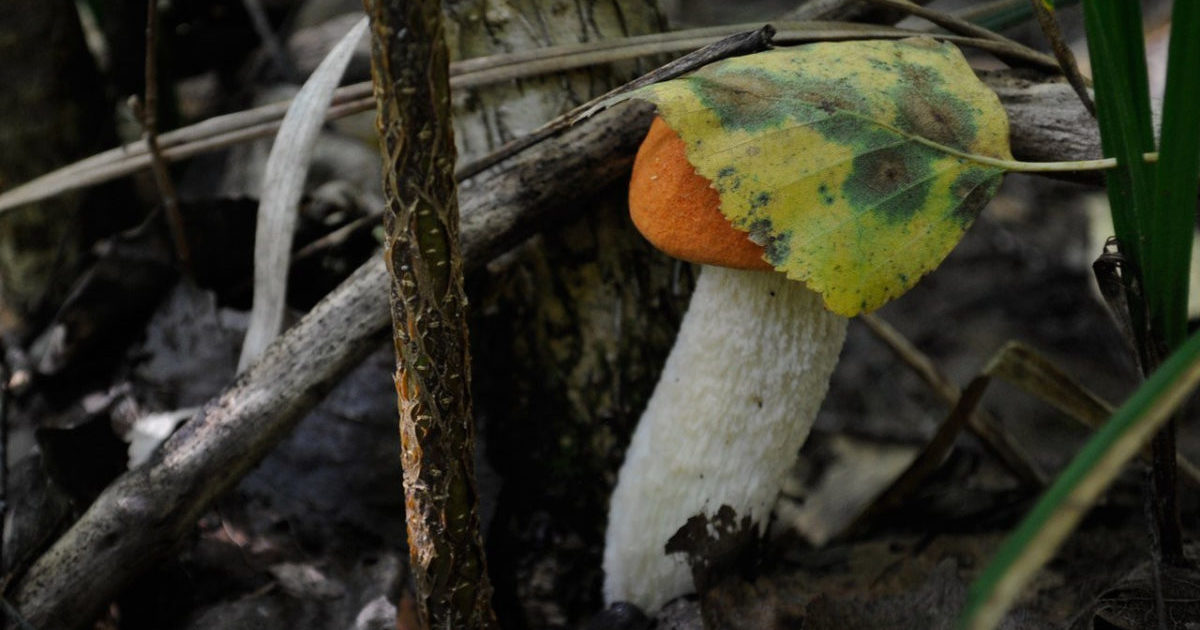 You may be interested in:
You may be interested in: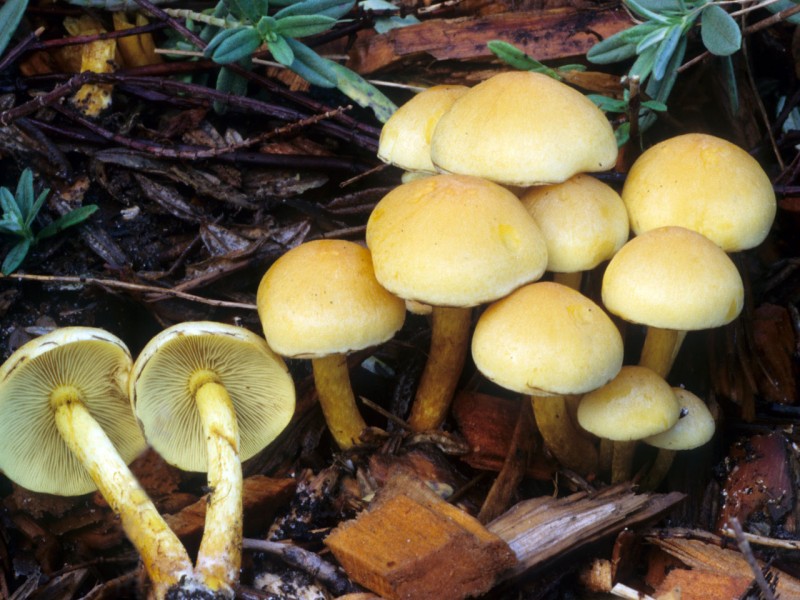
For the natural balance in the pine tree, all species are needed, which means that you must treat the presence of poisonous with understanding.The main thing is to arm yourself with knowledge and be careful.
Answers to widespread questions
Forest mushrooms attract lovers of delicious food, but also raise many questions. It is useful to listen to the opinion of a specialist who answers some of them.
But the most effective method is to soak the mushroom bodies in water with salt and citric acid. Then, along with the sand, a lot of other debris will be separated, including pests hidden in folds. True, you should not keep in water for a very long time, half an hour will be enough. The flesh absorbs moisture very strongly; this reduces the taste.
Sosnovy Bor is a hospital with healing air, a home for many animals, and a storehouse of nutritious fruits for animals and humans. On a quiet hunt, you need to be careful with edible mushrooms.
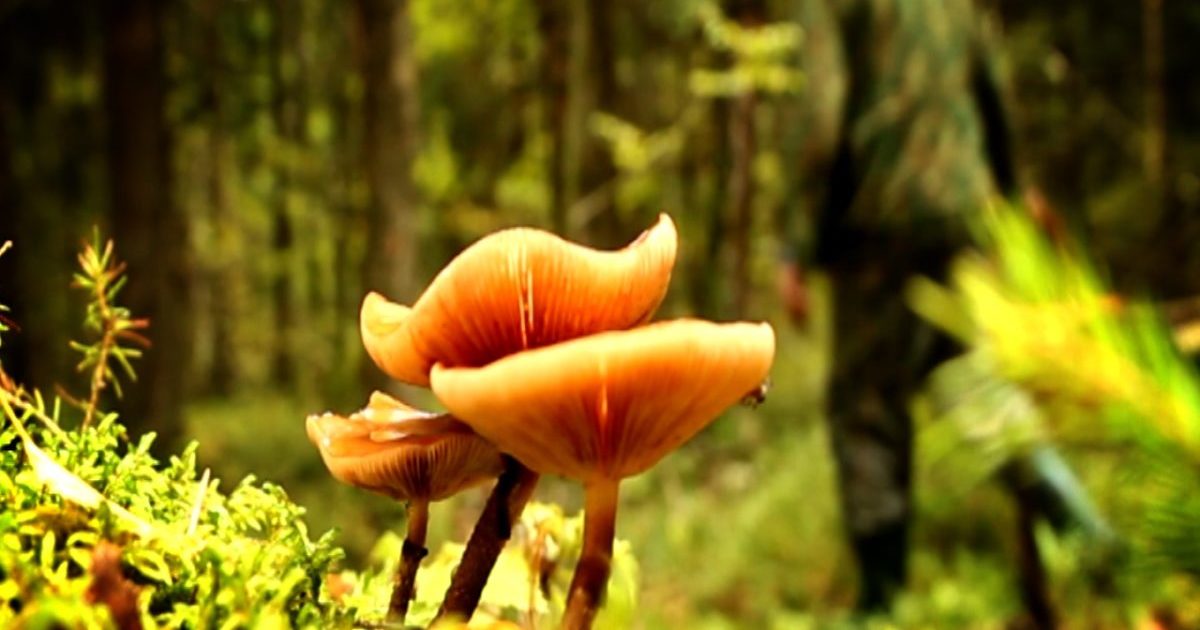 You may be interested in:
You may be interested in:

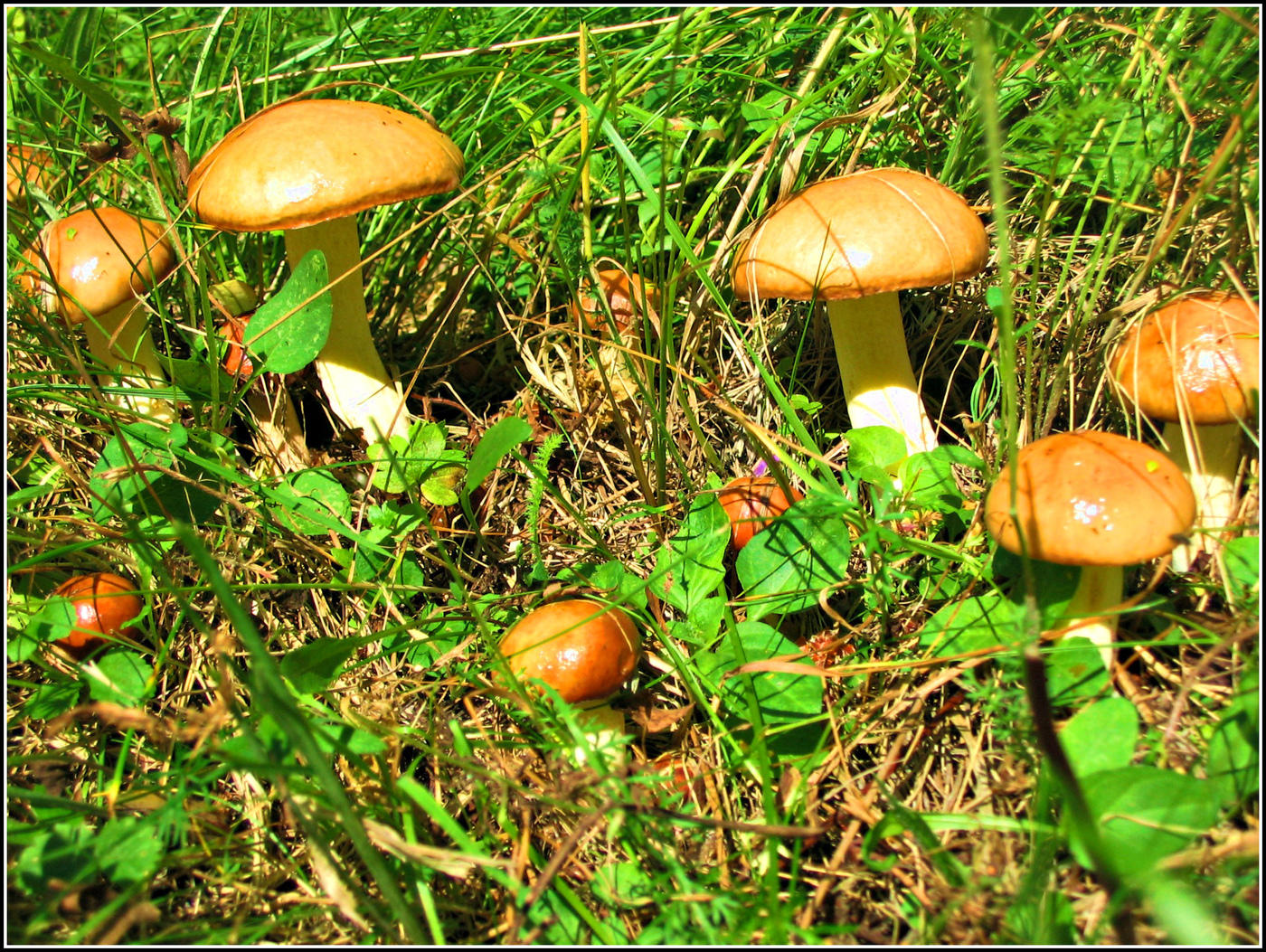
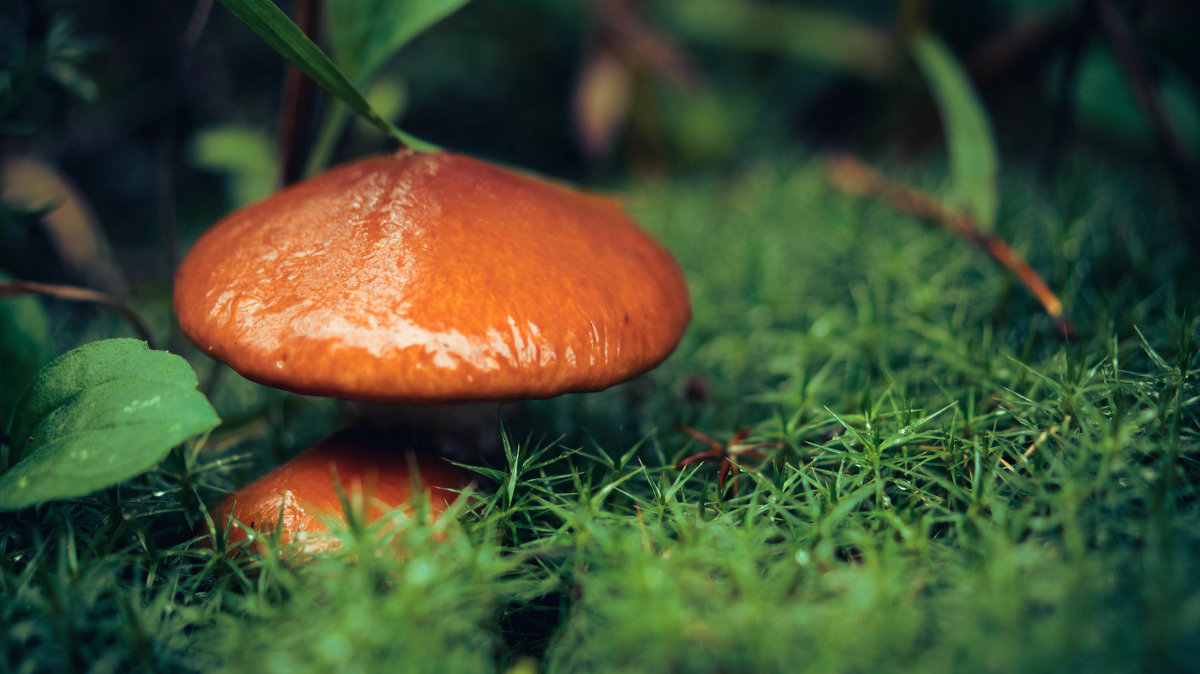
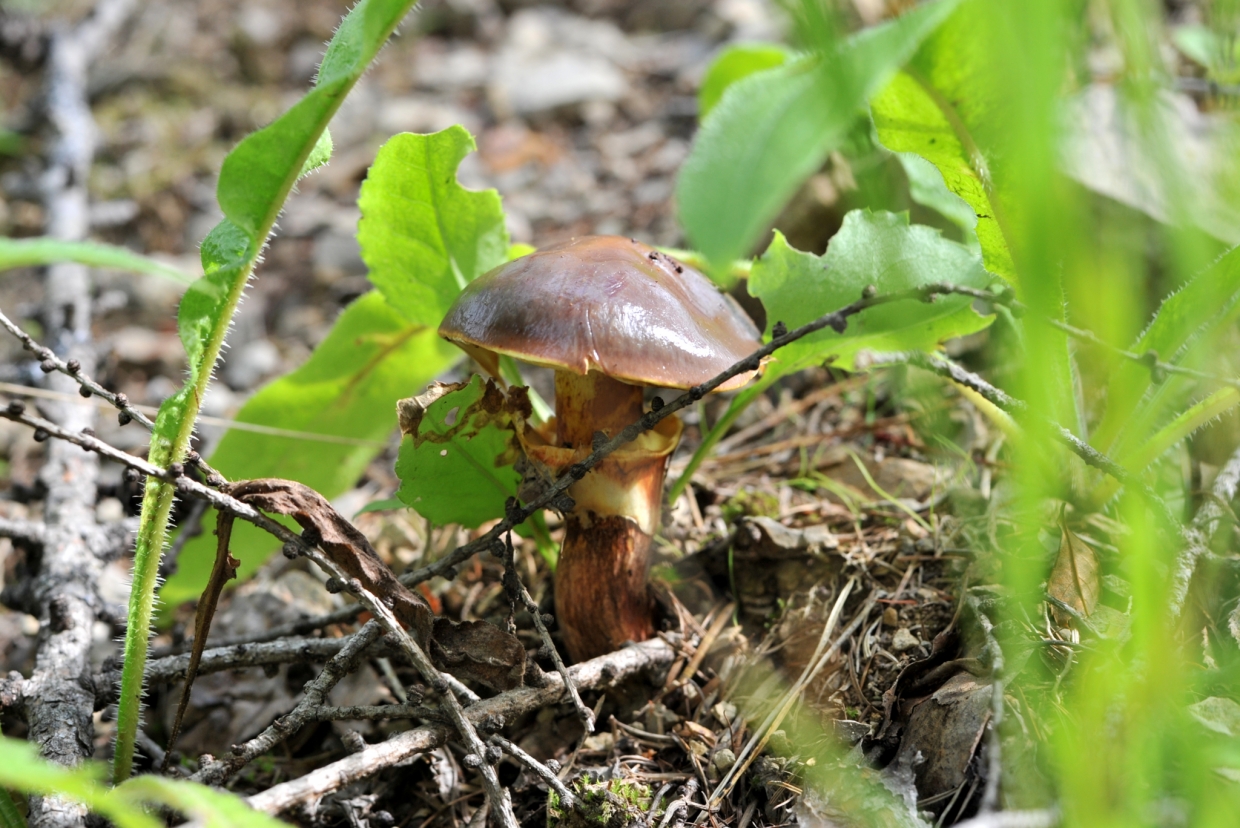
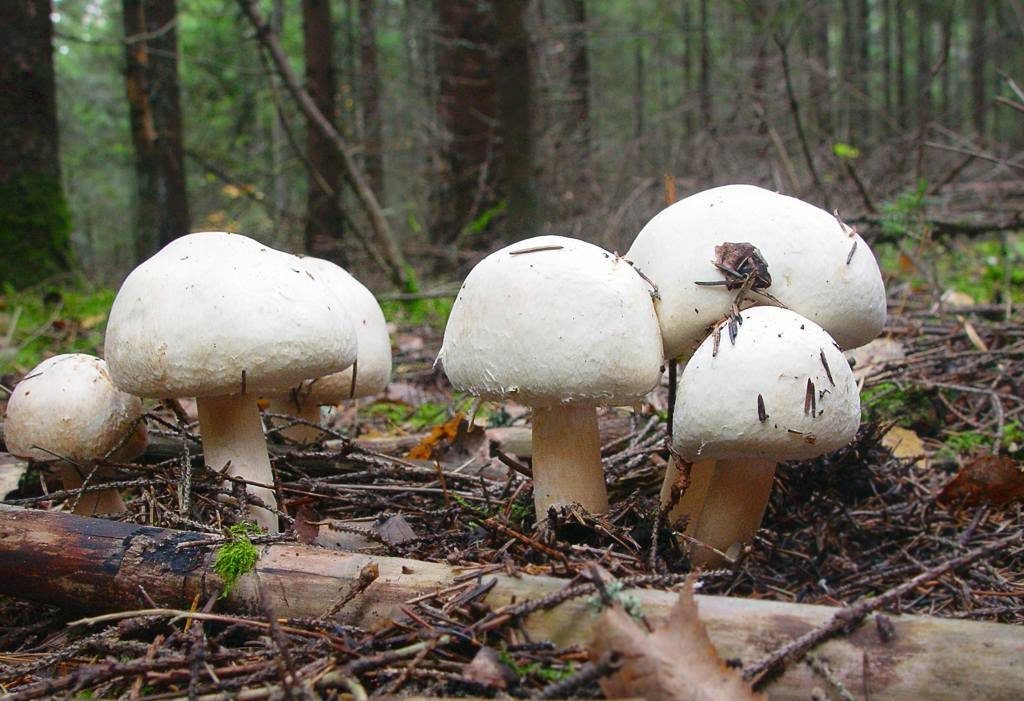
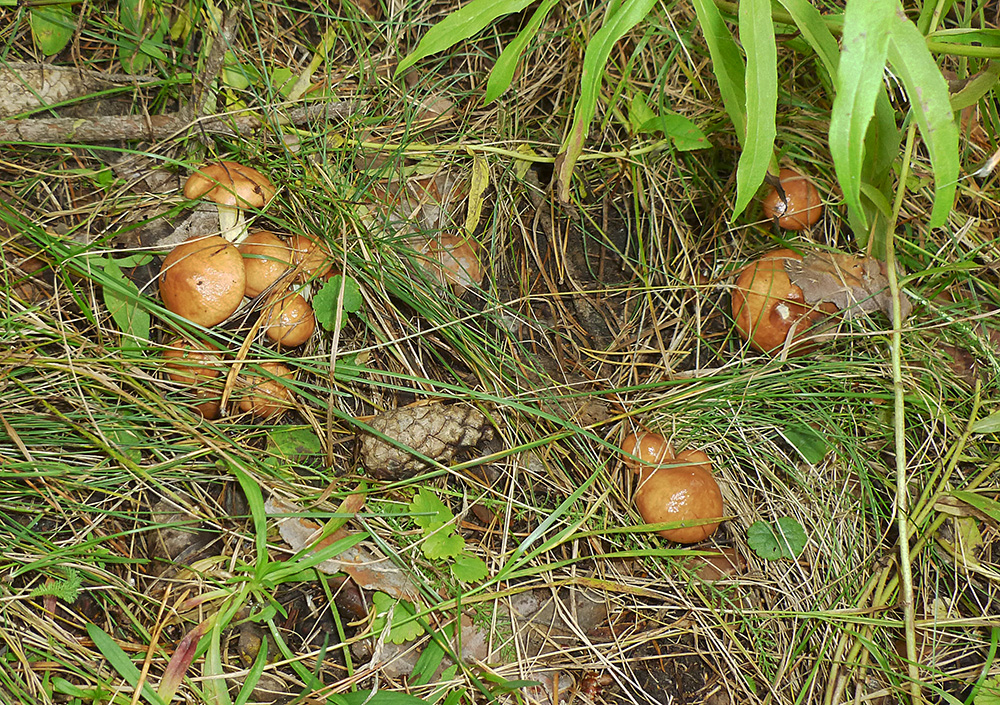
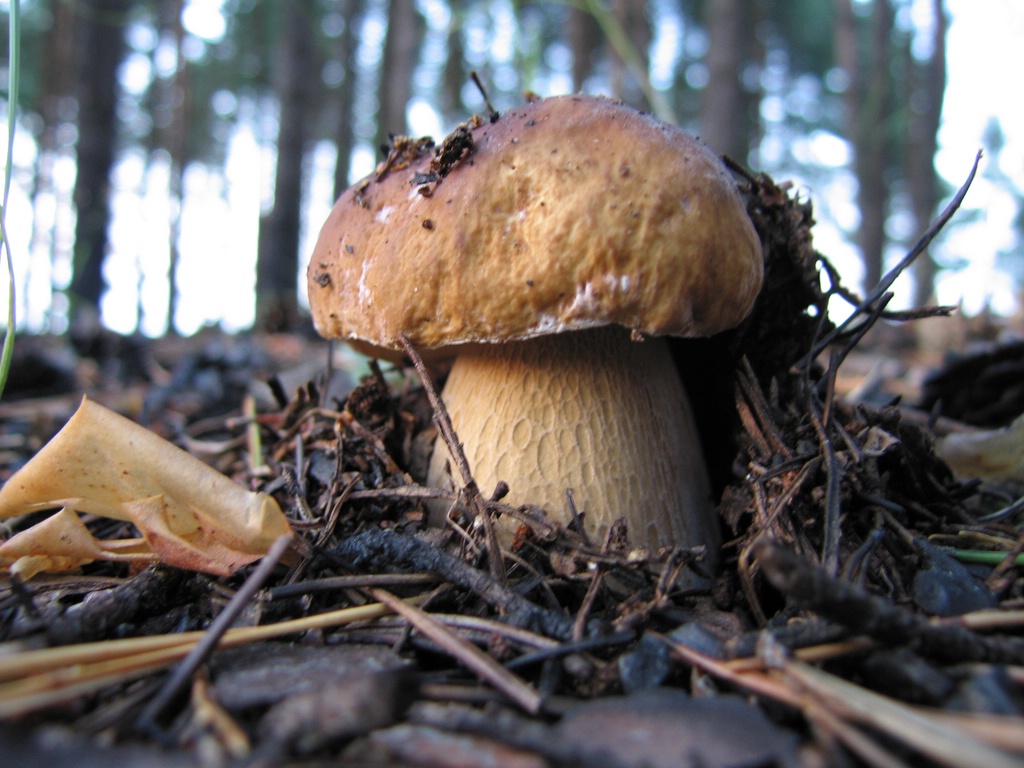

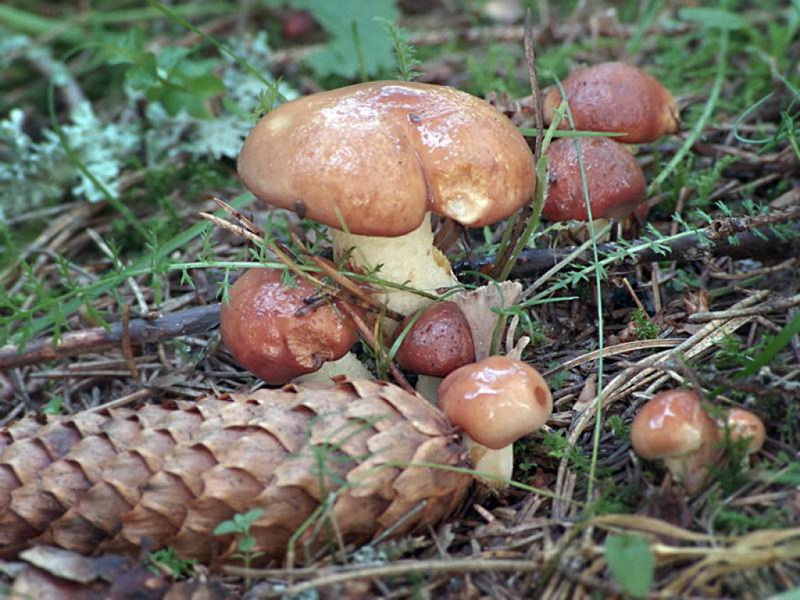
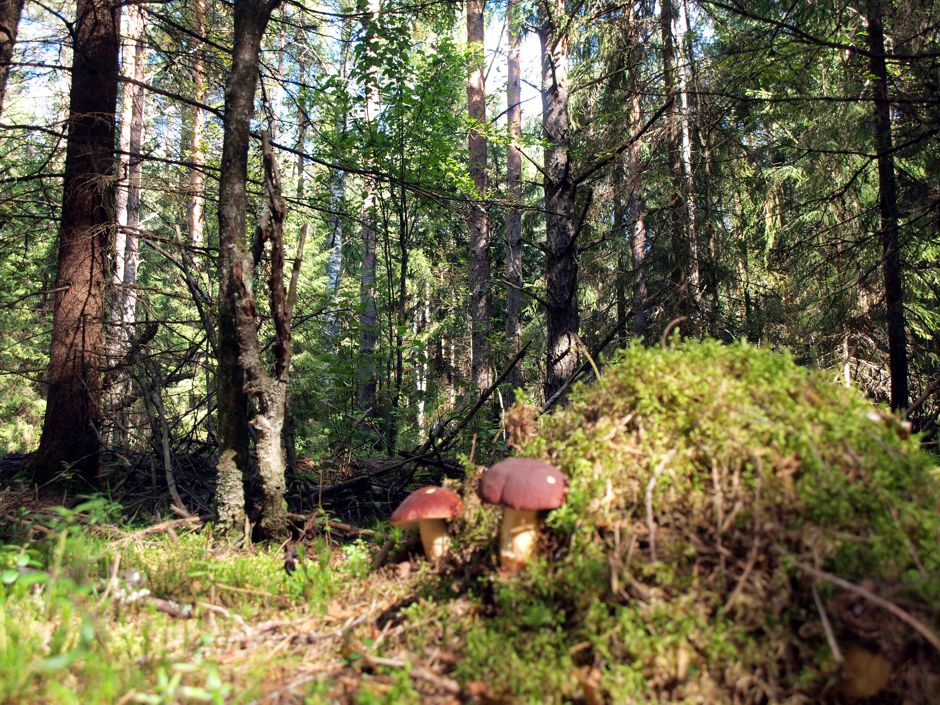
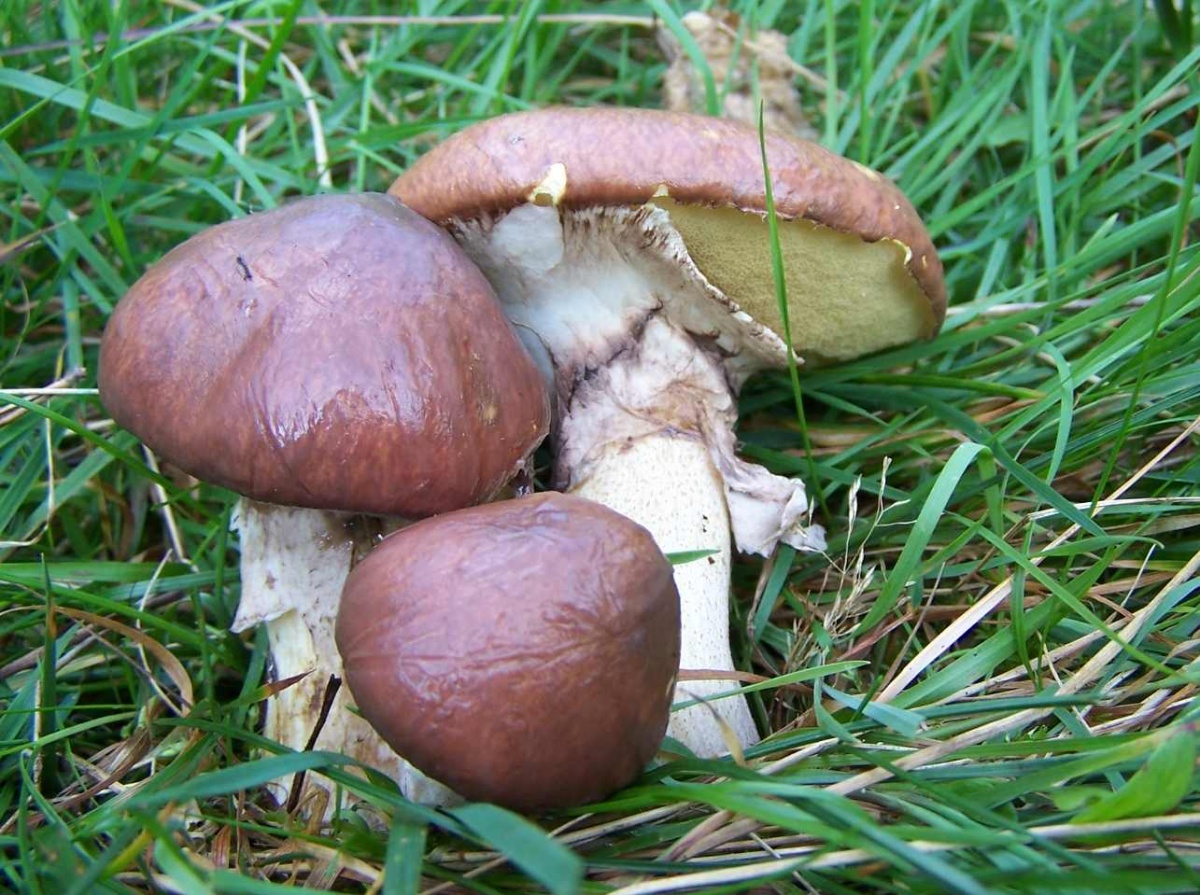
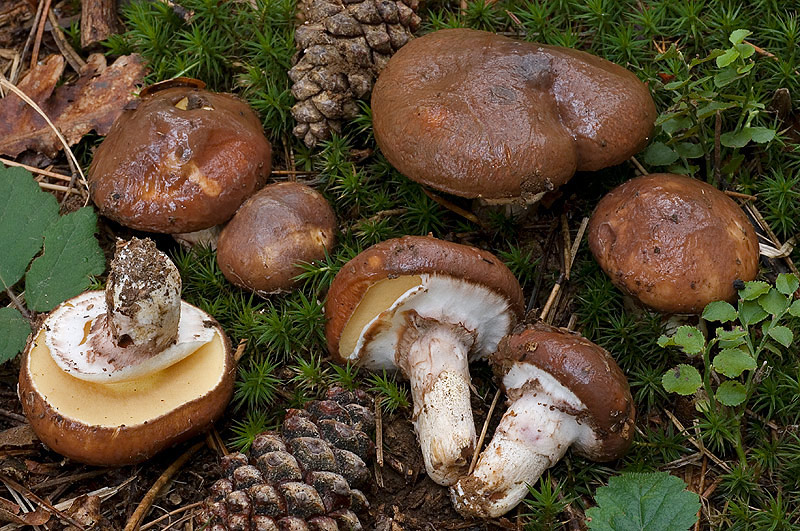
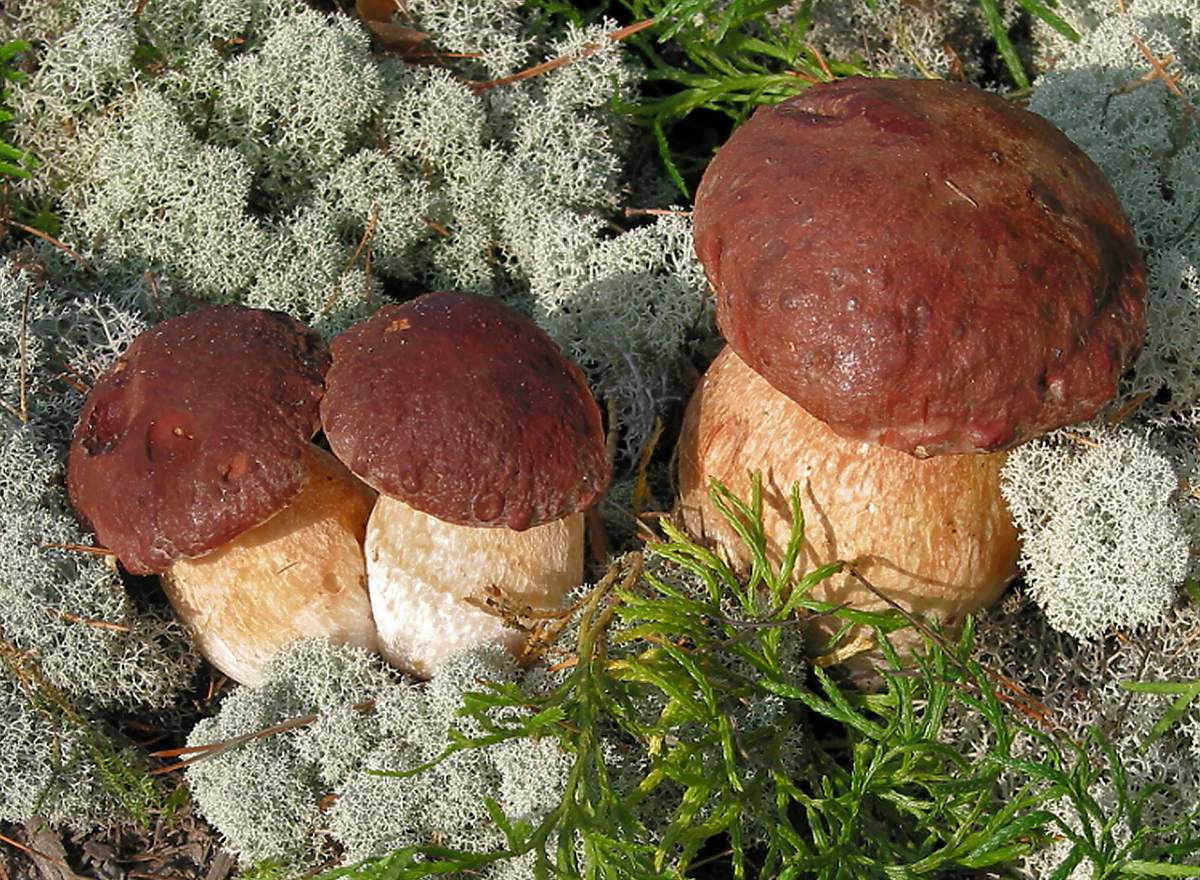
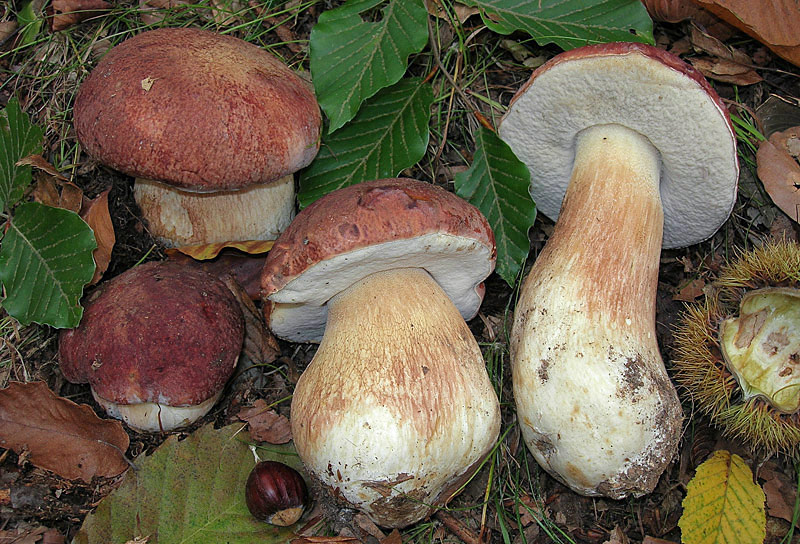
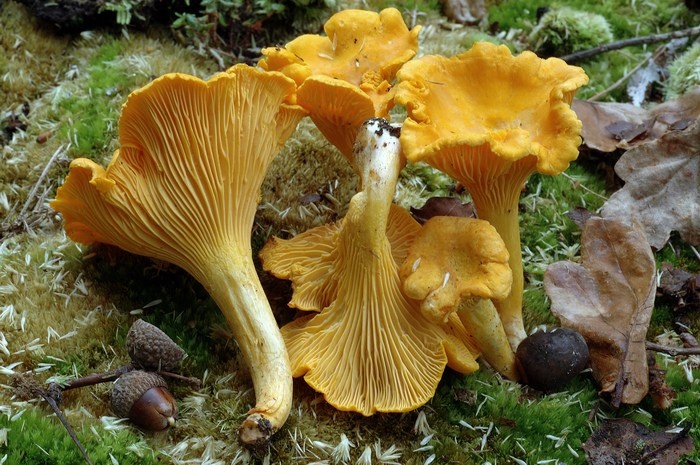
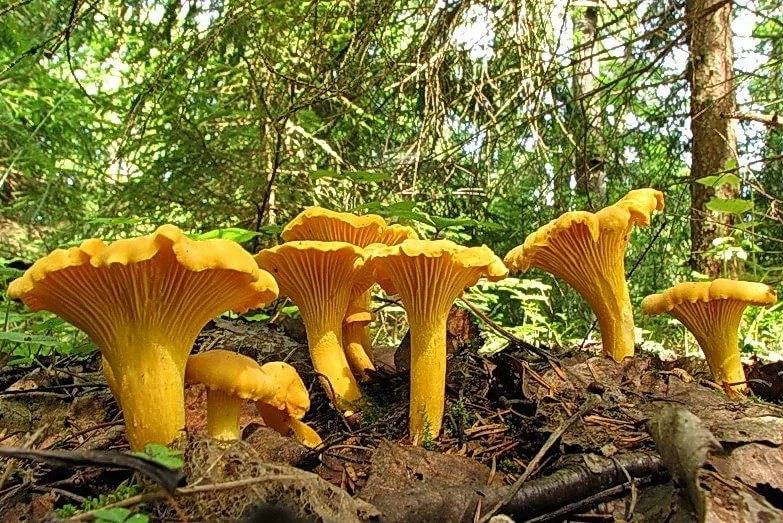

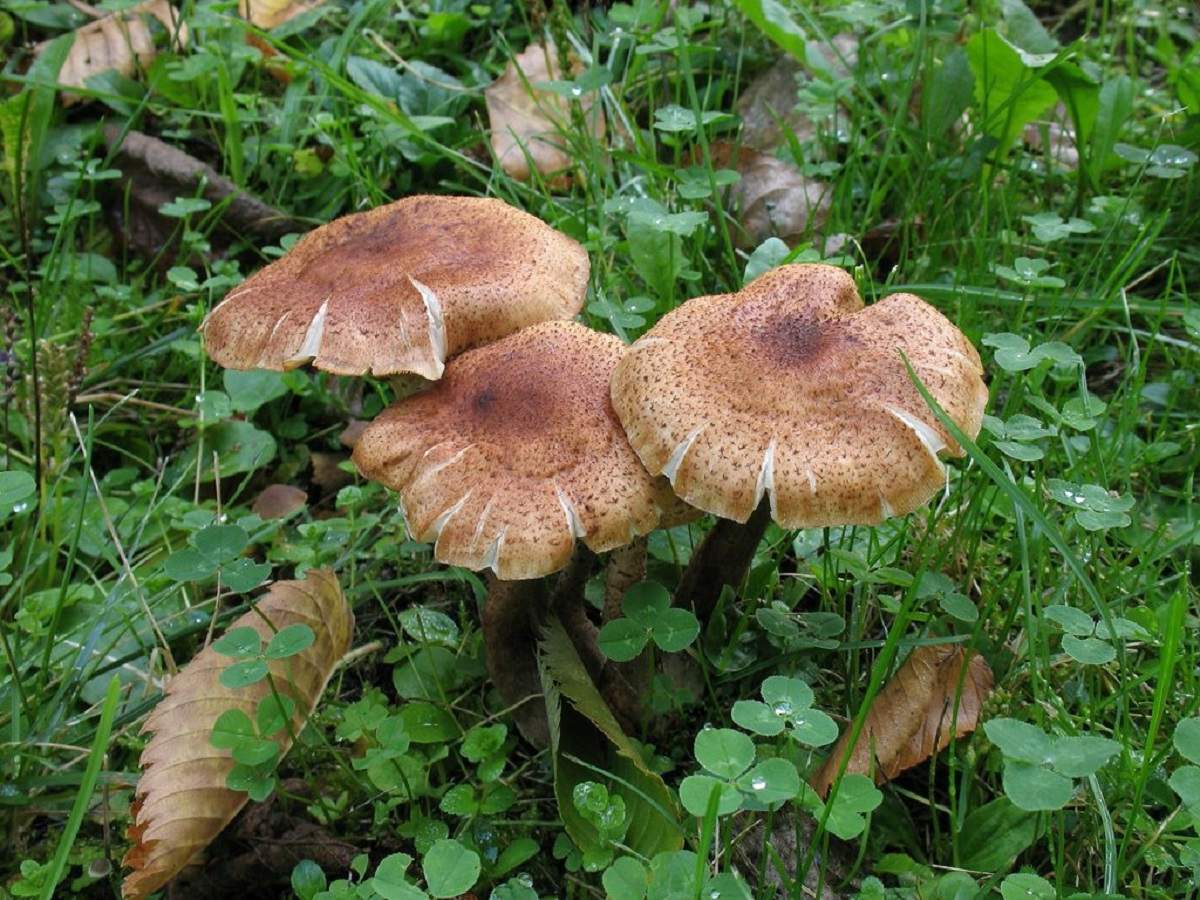
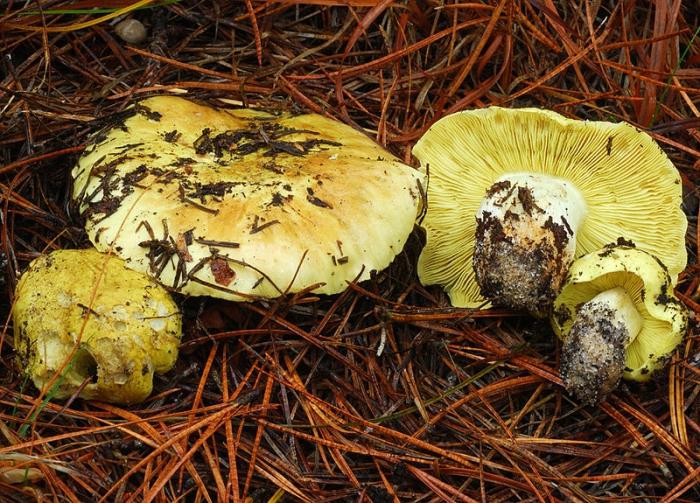
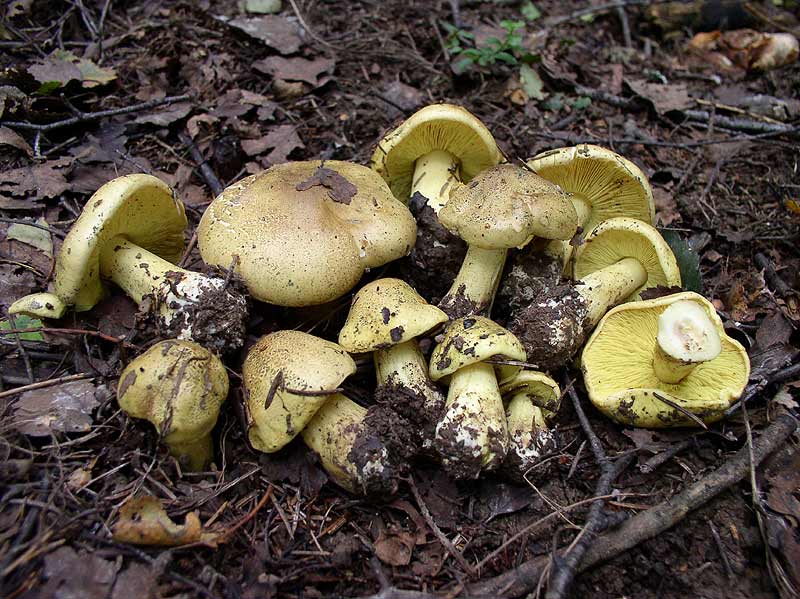



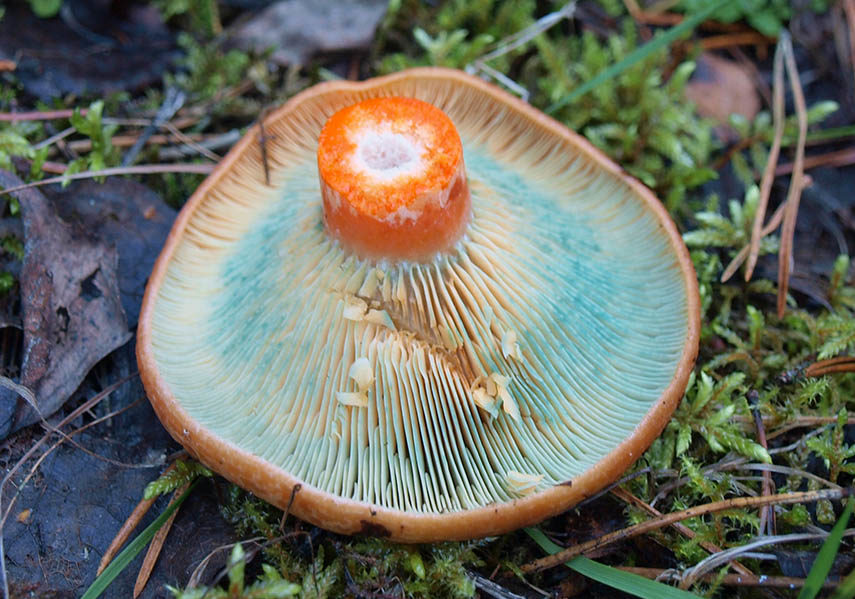

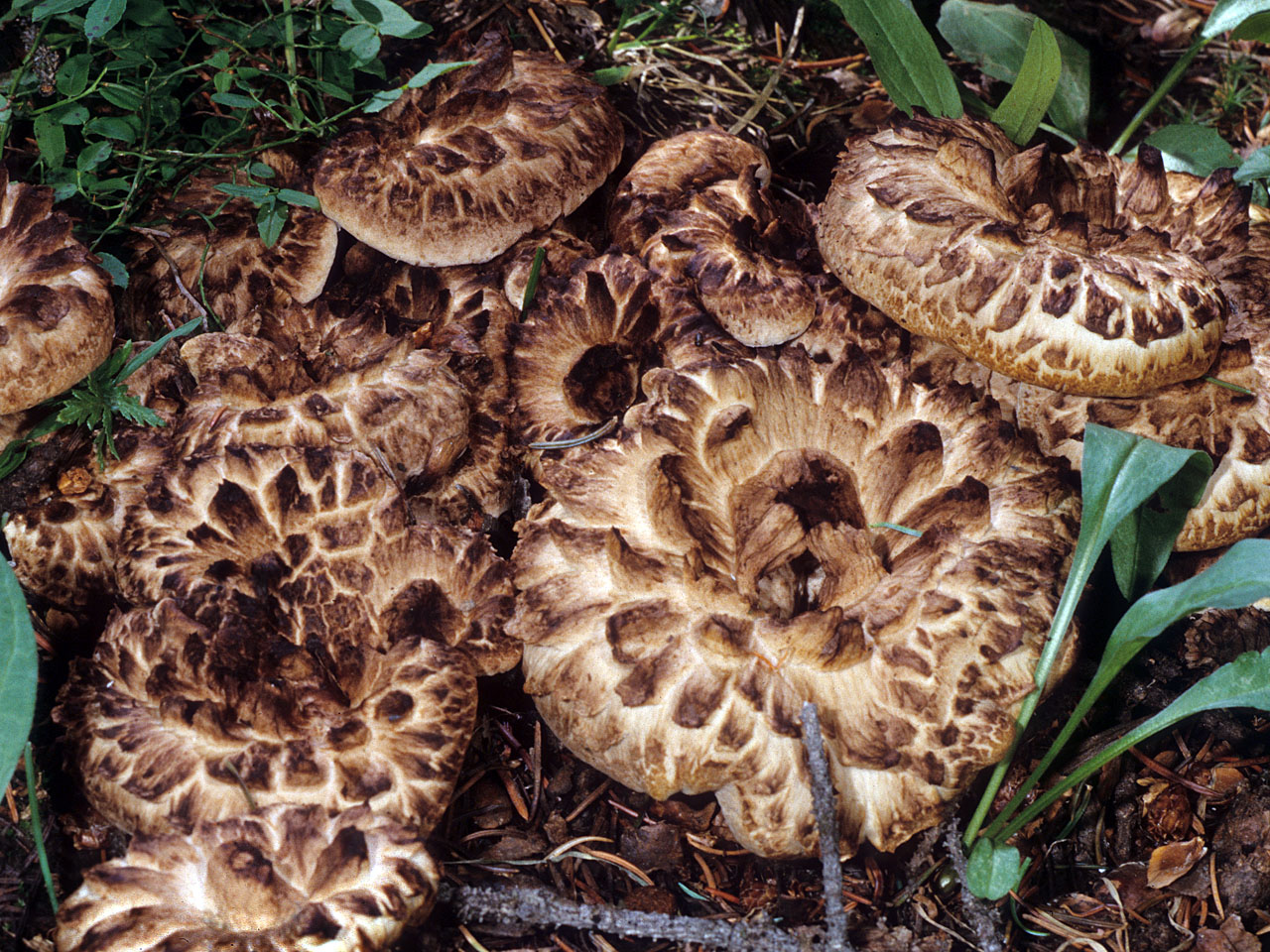
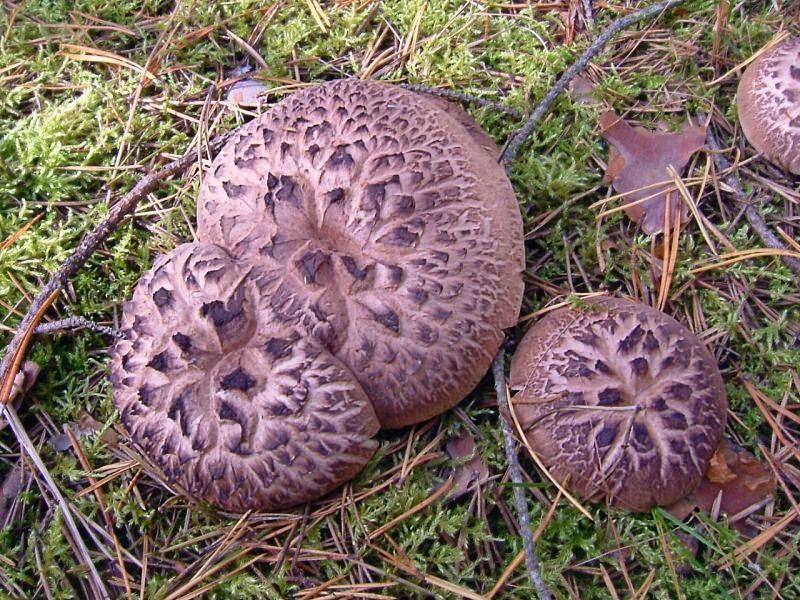
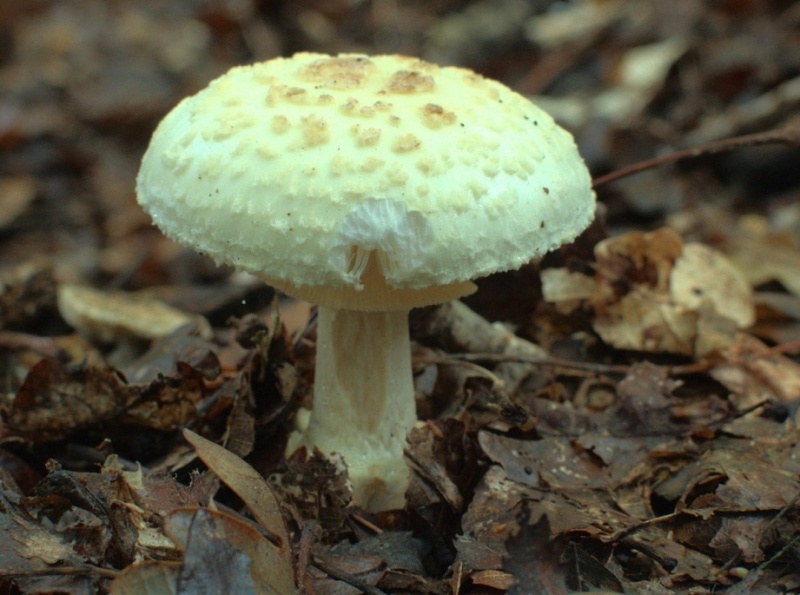
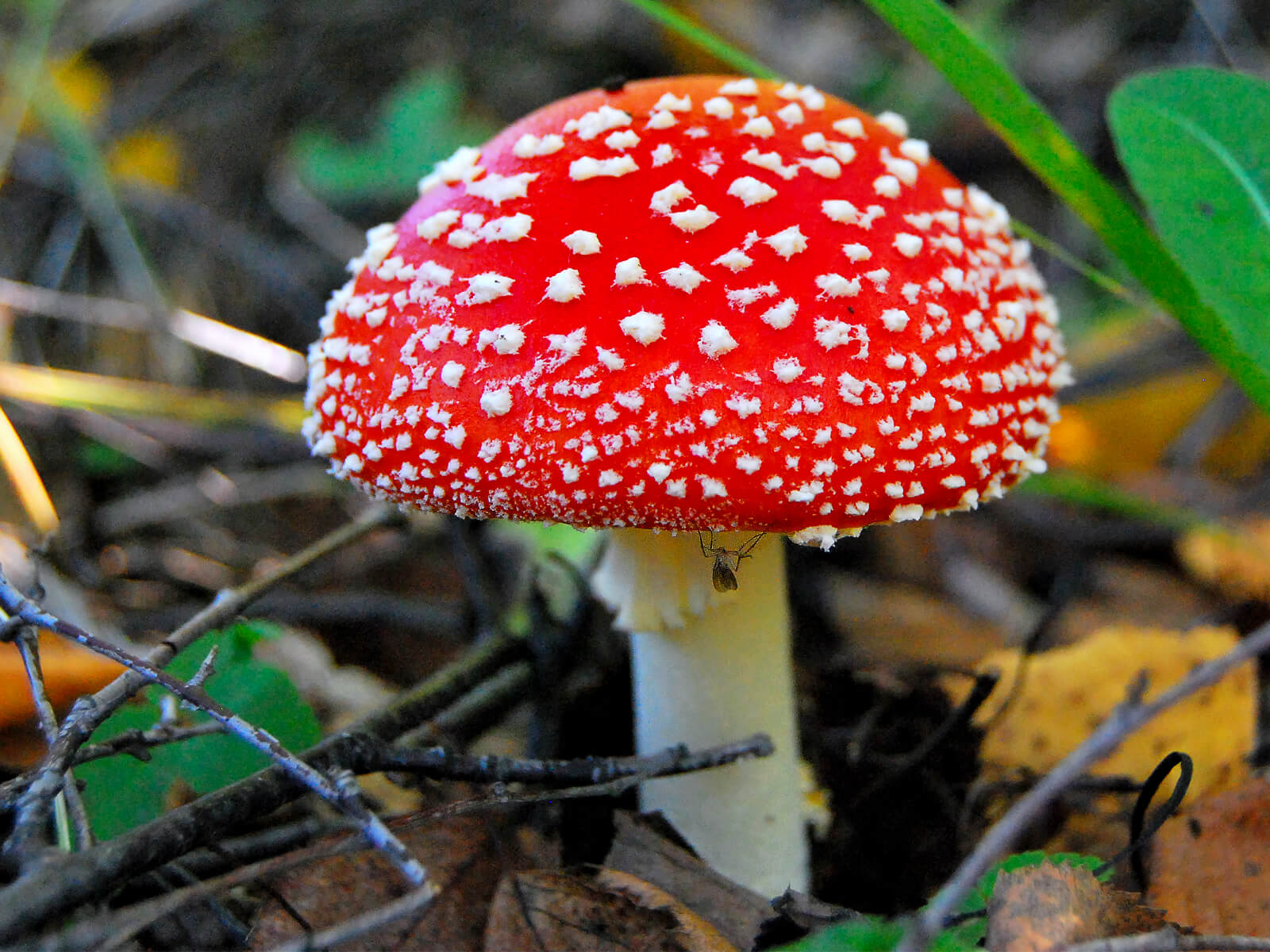
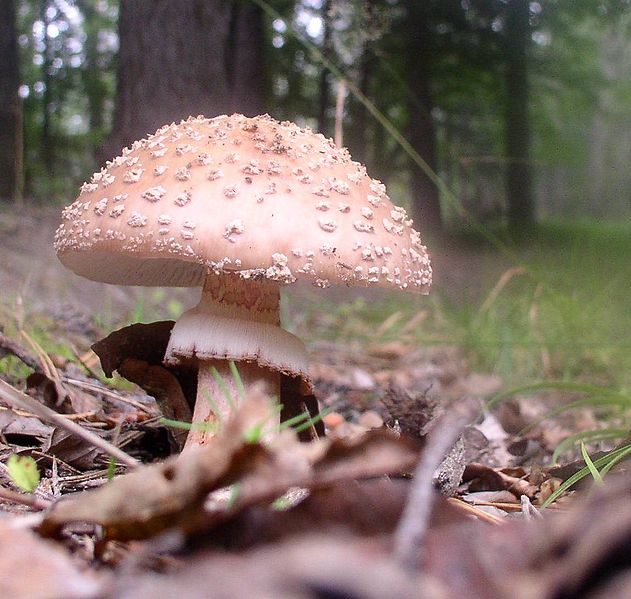
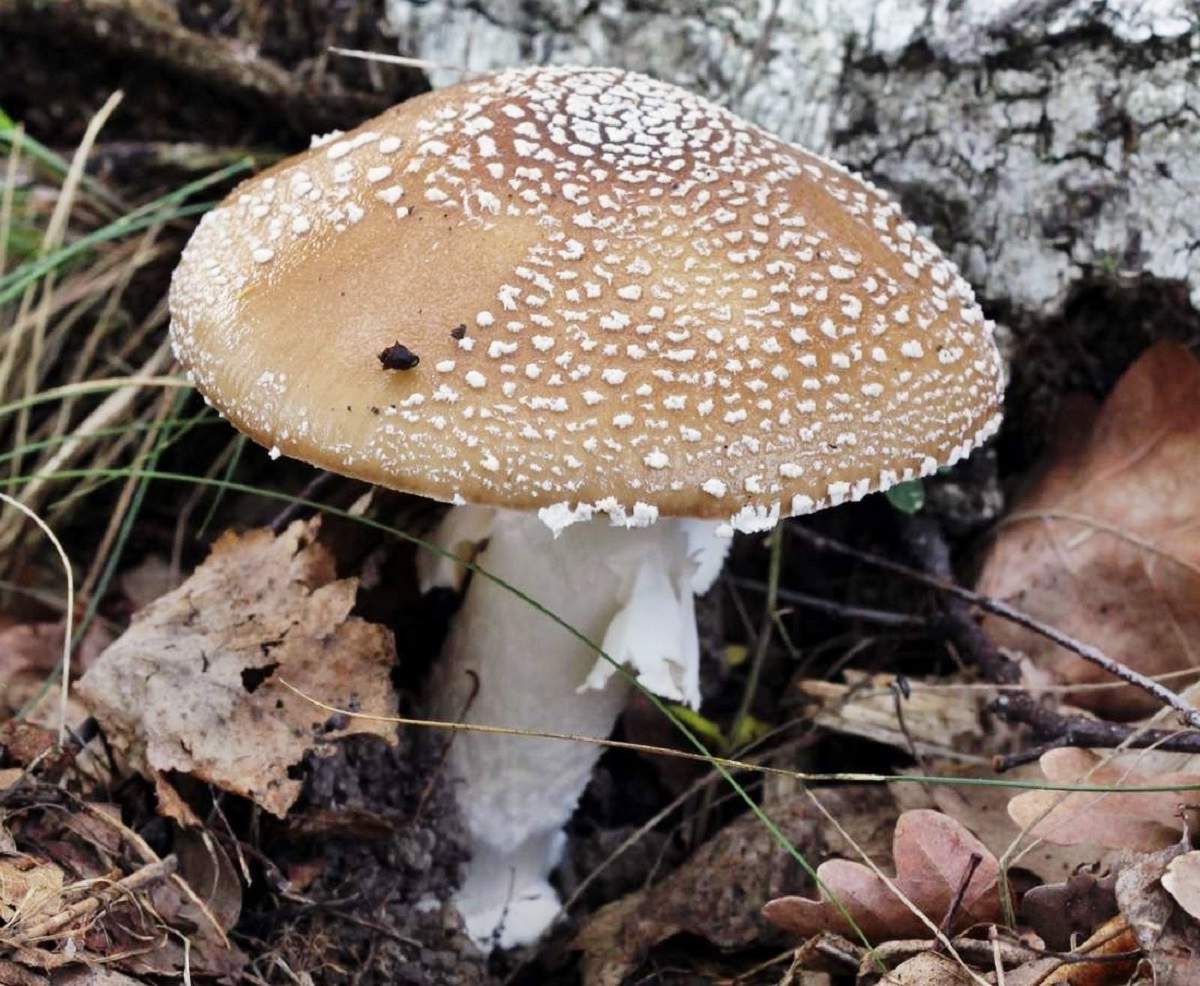
 Care and use of Kombucha at home (+22 photo)
Care and use of Kombucha at home (+22 photo) Edibility of the fungus of the motley umbrella and its description (+19 photo)
Edibility of the fungus of the motley umbrella and its description (+19 photo) Description of edible and inedible oils, their poisonous counterparts (+40 photos)
Description of edible and inedible oils, their poisonous counterparts (+40 photos) Useful properties of milk mushroom and its contraindications (+17 photos)
Useful properties of milk mushroom and its contraindications (+17 photos)
Victor
Is the cap annular poisonous? Afftor, have a bite
Vladimir
Honey mushrooms in a pine forest? I have never met. Like the fox, even in the photo oak leaves lie. He took a redhead in the spruce, but did not come across in a pine.
ALEXEY
they write about all the mushrooms, but about the field mushroom among the people * nets * I haven’t seen anything anywhere, although many people collect it ...